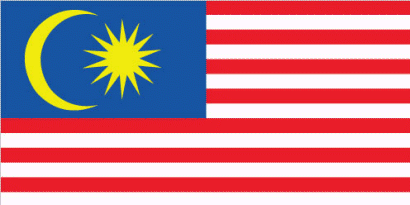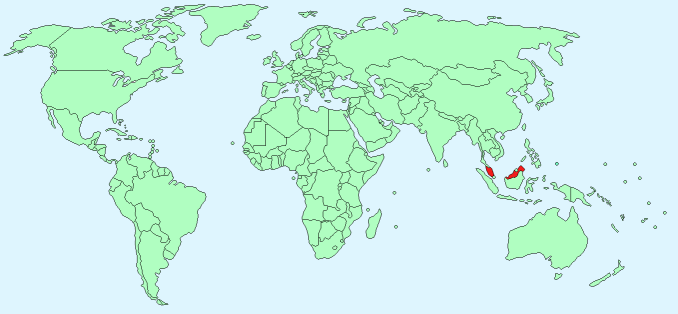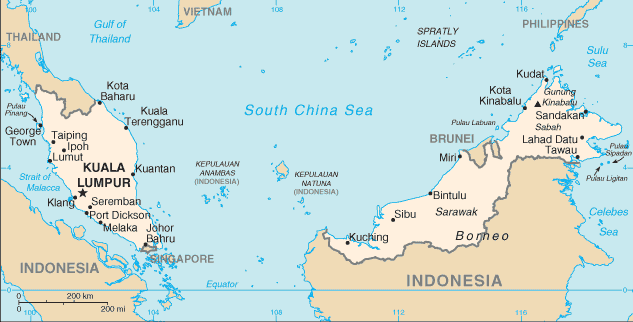Malaysia


Continent – Asia
Region – South East
Size – 329,847 km²
Geography – coastal plains, hills and mountains
Language – Malaysian (official), English, Chinese, Tamil, Thai
Religion – Muslim 61.3% (official), Buddhist 19.8, Christian 9.2%, other 9.3%
Monetary Unit – Malaysian ringgit
Natural Resources – tin, petroleum, timber, copper, iron ore, natural gas, bauxite
Agriculture – palm oil, rubber, cocoa, rice; Sabah – palm oil, subsistence crops; rubber, timber; Sarawak – palm oil, rubber, timber; pepper
Industry – rubber and oil palm processing and manufacturing, petroleum and natural gas, light manufacturing, pharmaceuticals, medical technology, electronics and semi-conductors, timber processing; Sabah – logging, petroleum and natural gas production; Sarawak – agriculture processing, petroleum and natural gas production, logging

Neighbouring Countries – Thailand, Indonesia, Brunei
Population – 30,073,353 (2014 estimate)
Population Growth Rate – 1.47%
Average Life Expectancy – 74.52
Capital City – Kuala Lumpur (6,629,000)
Highest Mountain – Gunung Kinabalu (4,100m)
Longest River – Rajang (563 km)
Climate – tropical – 22°C – 30°C all year
Yearly Rainfall – 230 cm (approx) mostly October to December
Plant Life – camphor, ebony, sandalwood, teak, palm trees, dipterocarps, fig, evergreens, buttercups, violets, and valerian
Animal Life – sedang, bison, deer, wild pigs, tree shrews, honey bears, forest cats, civets, monkeys, crocodiles, lizards, and snakes
Bird Life – grebes, petrels, pelicans, cormorants, darters, hawks, eagles, larks, swallows, martins, ducks, geese, swans
Harvard Reference for this page:
Heather Y Wheeler. (2015). Malaysia. Available: https://www.naturalhistoryonthenet.com/Facts_Figures/Country_Facts/malaysia.htm. Last accessed Tuesday, July 19, 2016
Facts and Figures Pages
